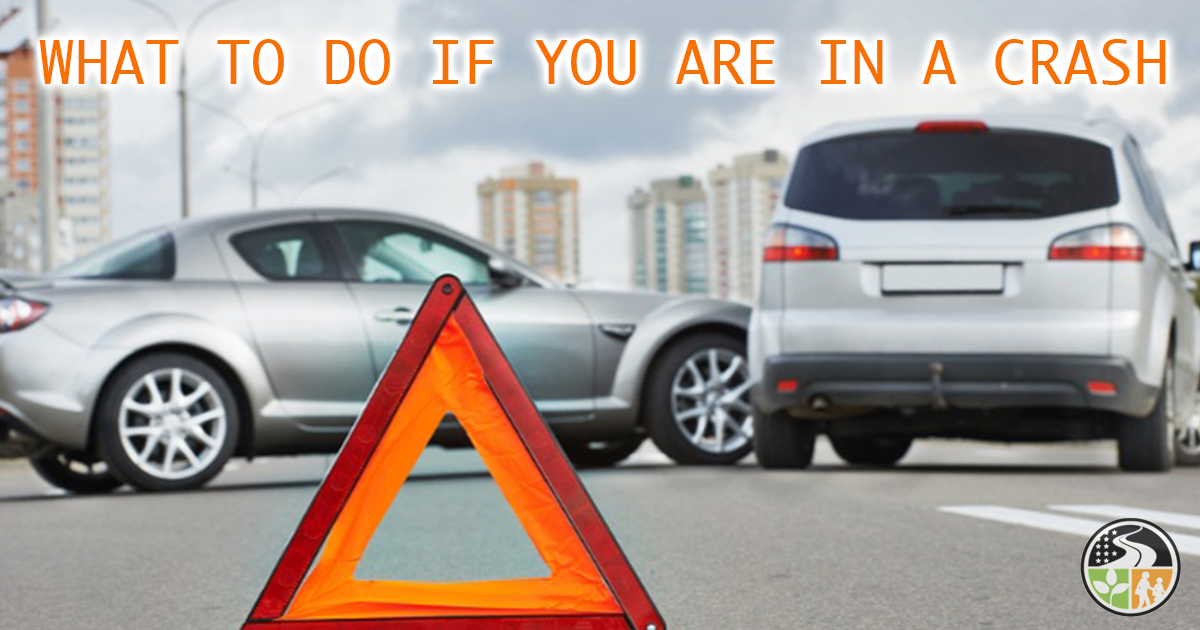What To Do If You Are In a Crash

No one expects an automobile crash to happen. However, there is one thing that you can control: how you react in an emergency situation.
After a shakeup like a crash, you may not be thinking clearly. This is a stressful situation for everyone involved. That’s why it’s important to understand beforehand what steps you need to take to comply with the law, protect yourself and your passengers, and start working on your insurance claim.
Step 1: Stop your vehicle, put it into park and turn off the engine.
Step 2: Protect yourself and others by turning the hazard signals on. That way, other cars will see you and avoid the crash area (and perhaps call for help). If you have warning triangles or cones, use them also.
Step 3: Check for injuries. Check yourself and your passengers. If you can, also check on the passengers in any other vehicle that was involved in the crash. Call 911 if there are injuries.
Step 4: If the collision was minor, and your vehicle is drivable, move it to a safer place. However, if your vehicle is inoperable, be sure that you and your passengers are in a safe location.
Step 5: Call the police. Their report may help to determine who’s at fault, and they can help to prevent any additional dangers at the crash site. This is important even in minor crashes.
Step 6: Get the information you need (see below). Take detailed photos of the incident and the vehicles involved.
Don’t tell anyone the crash was your fault—because perhaps it wasn’t. After all, you might not be aware of all the details. Also, don’t discuss the limits of your insurance policy.
Consider calling your insurance company while you’re still at the scene of the crash. They can remind you of any additional information that you need to gather.
What information do you need?
Collect the following information from other drivers involved in the collision, all vehicle passengers, and any witnesses who may be present:
— Names.
— Phone numbers.
— Mailing addresses.
— E-mail addresses.
— Also, write down the driver’s license number and license plate number of the individuals and vehicles involved in the crash. You may also want to request the name of their insurance company and take note of their policy number.
— Take note of the type, color and model of the other vehicles involved in the crash.
— Write down the exact location.
— If you do get emergency services, take note of the police report number, officer names and badge numbers.
— Request a copy of the police report.
— Report your claim with your insurance agency as soon as possible. Some collisions require further investigation, which is better done soon after the crash when it’s fresh in everyone’s memory.
- 2023
- 2022
- 2021
- 2020
- 2019
- 2018
- 2017
